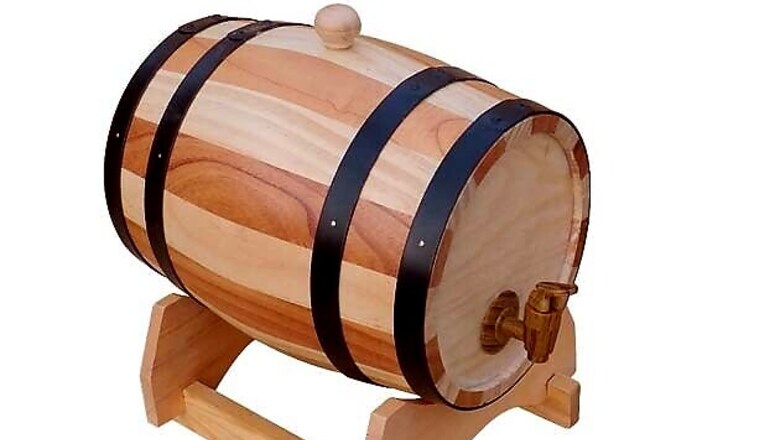
views
Washington: origin of cold-adapted yeast used for millennia to make one of the most widely consumed beverage - the lager beer - has been traced to 500-year-old caves in South America.
A research team has confirmed that Saccharomyces eubayanus, the wandering parent of hybrid lager yeast discovered in 2011, is indeed a native of Patagonia, a region shared by Argentina and Chile.
An analysis of the yeast's genetic sequence revealed its closest affinity to one of two highly diverse Patagonian populations, confirming it was the cold-loving microbe that, 500 years ago, found its way to the caves and monastery cellars of Bavaria where lager beer was first concocted.
"This yeast really is native to Patagonia," said Chris Hittinger from the University of Wisconsin-Madison.
Although rare in nature, the huge populations and strong selection that exist in industrial fermentations allow even rare hybrids to be recovered, if they are favoured.
By exploring yeasts' native habitat and looking to see where else in the world they have turned up, scientists may unlock secrets of yeast genetics and hybridisation with enormous economic benefit.
"Yeasts are important for fermenting processes and biotechnology," said genetics graduate student David Peris, also of UW-Madison and a co-author of the new study.
Brewers and winemakers have unwittingly selected for hybrids, Hittinger said.
The tools of modern biotechnology can potentially refine industrial fermentation by mixing and matching genes that lead to a better conversion of sugar to alcohol.
The research was published in the journal Molecular Ecology.




















Comments
0 comment